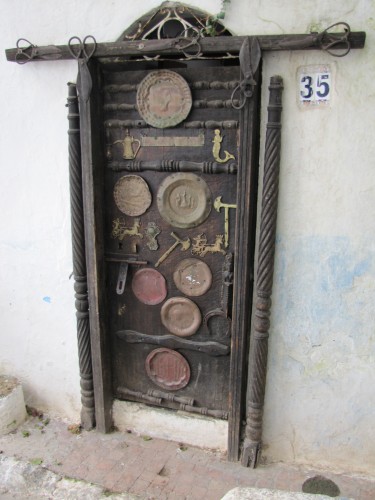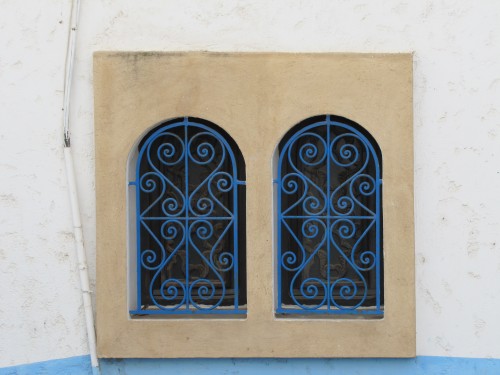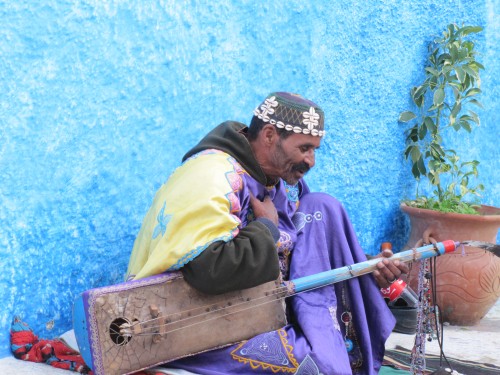Kasbah Ameridhil in Skoura, Morocco
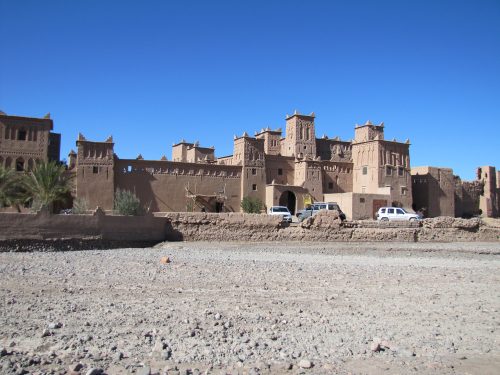
Kasbah Ameridhil, Skoura, Morocco
On our tour of Morocco, we stopped for a short while at the amazing Kasbah Ameridhil near Skoura. We had a guided tour of the buildings and saw some very interesting relics of a by-gone era (see photos below). This particular kasbah has been used as the backdrop for a number of films, including Ali Baba and the Forty Thieves. This story is often included in the collection known as A Thousand and One Arabian Nights.
This Kasbah is the stuff of legends. Built in the 17th century, it not hard to let one’s imagination soar, with plots and intrigues, murders and sword fights as well as a whole nightmare of treacherous happenings. For the more romantically inclined, it is not hard to imagine secret trysts of lovers and murderous paybacks by those jilted in the process.
It is now a living museum of life in a kasbah. We saw displays of tools and instruments used down through the centuries, as well as hand-carved door locks, an olive-oil press, still-functioning bread ovens, and stalls where animals were once kept.
This Kasbah has pride of place in Moroccan history, and it is no surprise that it is featured on the 50 dirham banknote of Morocco.
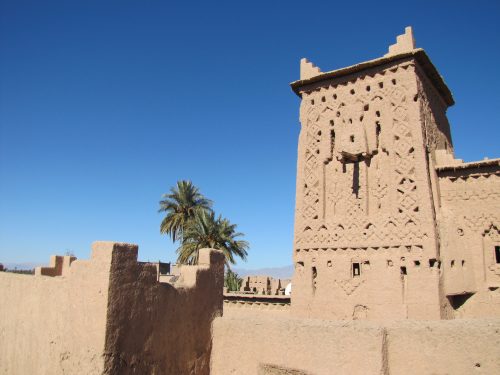
Kasbah Ameridhil, Skoura, Morocco
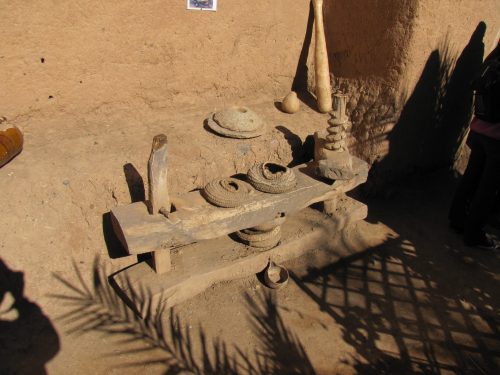
Kasbah Ameridhil, Skoura, Morocco
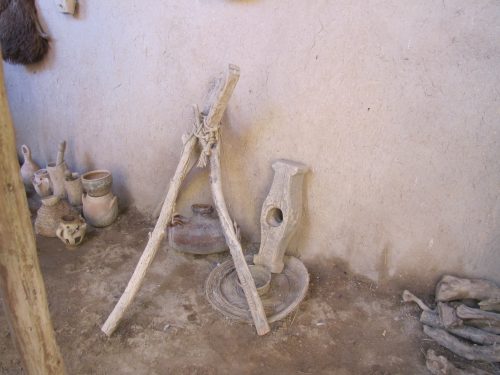
Kasbah Ameridhil, Skoura, Morocco
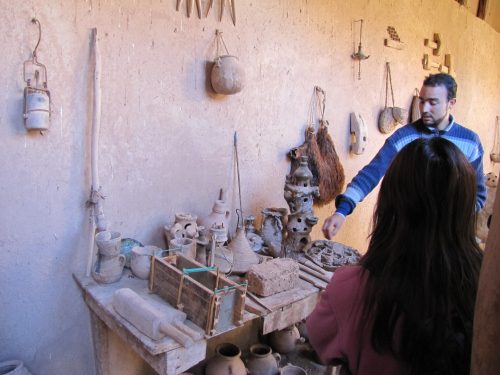
Kasbah Ameridhil, Skoura, Morocco
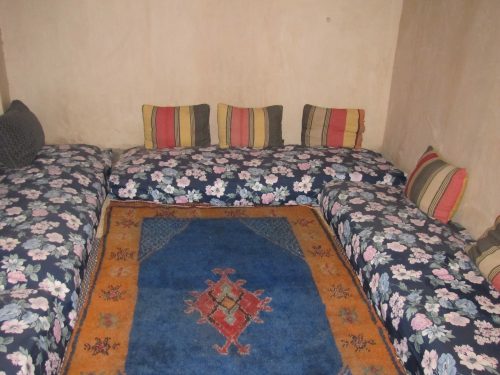
Kasbah Ameridhil, Skoura, Morocco
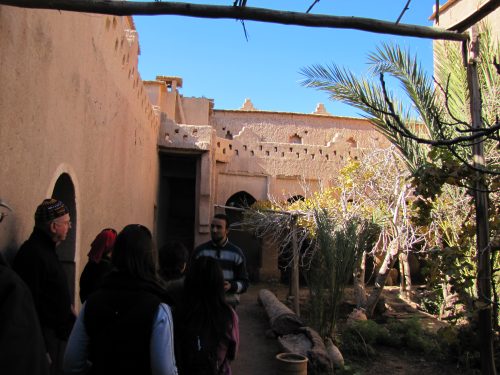
Kasbah Ameridhil, Skoura, Morocco
An intriguing door
On our wanderings through the Kasbah des Oudaias in Rabat, Morocco, I came across this intriguing door. Some doors were decorated in some way, but none as elaborately as this one. It features a number of what look like metal plates, several horses pulling chariots, a horse-shoe, a mermaid and no less than five scissors across the top. Apart from the number of the house, there was no indication of who lived there, or whether a particular enterprise was undertaken within.
The writer in me wants to ask questions like: who lived here? What trade did they follow? Was someone living here a dress maker, a tailor, a lover of horses?
Intriguing.
Street decoration, Kasbah des Oudaias, Rabta, Morocco
While wandering through the twisting streets of the Kasbah des Oudaias in Rabat, Morocco, I came across this beautiful pot complete with flowering plants. This area of the city is closely populated with little room for gardens. Like many people living in such situations, they love to grow plants in pots or window boxes.
What is inside those windows?
Whenever we travel, whether that be here in Australia, or in exotic places like Spain or Morocco, I am fascinated by the amazing variety of architectural styles. In many cases I am moved to take photos – if time permits. In addition to the general style of each building, I also take an interest in the various embellishments people make to their homes or other forms of buildings.
On our visit to Rabat in Morocco we were on a guided tour through the twisted lanes and narrow streets of the Kasbah de Oudaias. This pair of windows made me stop and take a photo.
Immediately the writer in me checked in: who lived behind these windows? What was their story? What tales of love, loss or delight could they tell? I guess I’ll never know; I’ll just have to write my own story.
Musician in the Kasbah des Oudaias in Rabat, Morocco
As we were wandering through the meandering streets and twisting lanes of the Kasbah des Oudaias in Rabat, Morocco, we came across this local musician entertaining the passing pedestrians. I think this three-stringed lute is called a guinbri or santir and is common and popular throughout western Africa.
Unfortunately we didn’t have time to stop long to listen to him, but I am pleased I took this photo of him resplendent in his colourful traditional clothes.
